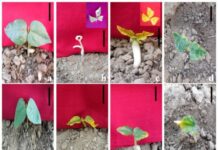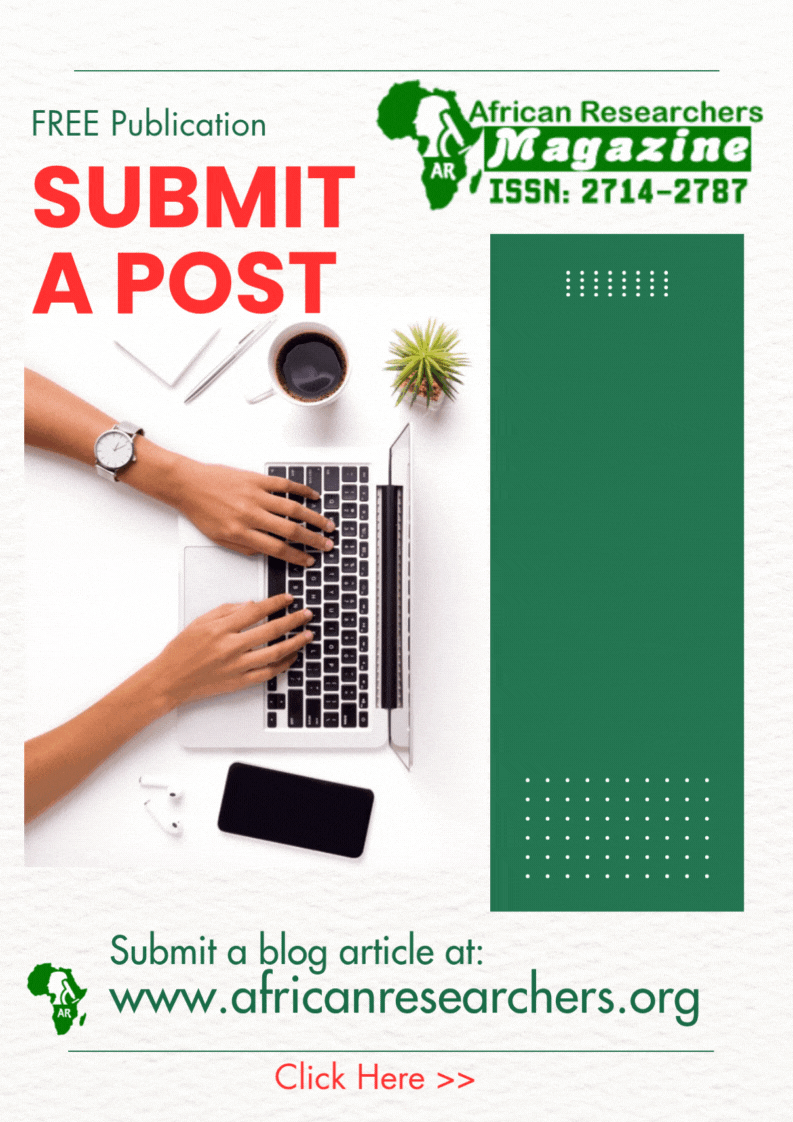A recent study by Izu, B. O., & Somlata, Z. (2025) titled “Code-Switching in IsiXhosa Music: A Mechanism for Language Preservation or Shift?.” published in CaLLs (Journal of Culture, Arts, Literature, and Linguistics) reveals that isiXhosa forms the emotional core, particularly in the chorus, reinforcing cultural identity and resonance.
“
Code-switching in isiXhosa music preserves cultural identity through emotional expression but risks language shift from English dominance.– Izu, B. O., & Somlata, Z. 2025
The study explores the sociolinguistic dynamics of code-switching within South African music, focusing on Amanda Black’s song “Kutheni Na” featuring Kwesta. The central question it raises is whether the alternation between isiXhosa, English, and isiZulu helps preserve isiXhosa or contributes to a shift toward English dominance. Grounded in three key theoretical frameworks—Myers-Scotton’s Markedness Model (language choices as reflections of social norms or intentional shifts), Fishman’s Domain Theory (the role of isiXhosa in cultural spheres like music), and Critical Discourse Analysis (language as a site of power and identity)—the research examines how multilingual expression functions in this song. Findings reveal that isiXhosa forms the emotional core, particularly in the chorus, reinforcing cultural identity and resonance. By contrast, English and isiZulu appear more prominently in the verses, especially through Kwesta’s rap, reflecting contemporary urban linguistic trends. The study identifies three types of code-switching: intersentential (between sentences), intrasentential (within sentences), and tag-switching (short insertions).
Ultimately, the study argues that code-switching is a double-edged phenomenon. On one hand, it sustains isiXhosa’s visibility and emotional significance in mainstream music, ensuring its relevance for audiences. On the other hand, the growing prominence of English risks shifting functional dominance away from isiXhosa, particularly among younger generations. Thus, while code-switching can serve as a tool of preservation, it simultaneously poses the danger of marginalization if dominant languages overshadow indigenous ones.
How the Study was Conducted
The study employed a qualitative case study approach, using Amanda Black’s song “Kutheni Na” featuring Kwesta as its focal point to investigate code-switching in isiXhosa music. Rather than relying on numerical data, the researchers explored the meanings, patterns, and functions of language use within the lyrics. To collect data, the lyrics were first transcribed and then systematically analyzed. The researchers identified the presence of isiXhosa, English, and isiZulu, noting how and where each language appeared throughout the song.
The analysis drew on discourse analysis, which enabled the researchers to examine linguistic patterns, emotional expressions, and stylistic choices embedded in the lyrics. Particular attention was given to different types of code-switching, including intersentential (between sentences), intrasentential (within a sentence), and tag-switching (short phrases inserted from another language).
The study was further shaped by key theoretical frameworks. Myers-Scotton’s Markedness Model was applied to interpret the social motivations behind language alternation, while Fishman’s Domain Theory was used to assess whether isiXhosa retains its cultural presence within the musical domain. Additionally, Critical Discourse Analysis (CDA) provided insight into how the artists’ language use reflects broader issues of identity, power, and cultural dynamics.
What the Authors Found
The authors found that code-switching in isiXhosa music functions as both a mechanism for cultural preservation and a potential driver of language shift. On one hand, isiXhosa remains strongly tied to emotional expression and identity (especially in the chorus), ensuring its continued visibility in mainstream music. On the other hand, the dominance of English (and to some extent isiZulu) in functional parts of the song—like verses—suggests a risk that younger, urban audiences may gradually shift away from isiXhosa in everyday contexts.
Why is this important
Cultural Identity & Heritage – IsiXhosa is a carrier of history, emotion, and identity. Its presence in music underscores how art becomes a site of cultural preservation and struggle.
Music as a Linguistic Arena – Popular music shapes youth culture; isiXhosa in songs keeps it visible and relevant, while English dominance risks eroding indigenous language use.
Sociolinguistic Insight – The study applies theories like Fishman’s Domain Theory and Myers-Scotton’s Markedness Model to show how language use reflects power, identity, and belonging.
Policy & Education Relevance – Findings highlight the need for stronger support of indigenous languages in education, media, and cultural production.
Global Resonance – Although centered on isiXhosa, the study raises universal questions for multilingual societies worldwide on how to sustain local languages in an English-dominated world.
What the Authors Recommended
- The authors advocate encouraging the use of isiXhosa and other native languages in music, poetry, and storytelling, while integrating code-switching into education to foster linguistic flexibility and cultural awareness.
- The study emphasises that musicians and creators should be intentional with their language choices, balancing artistic freedom with the responsibility to keep indigenous languages visible and valued.
- Furthermore, the authors argues that policymakers and cultural institutions should fund, platform, and actively support indigenous language content while developing strategies to preserve linguistic heritage amid globalization.
- In addition, future studies should examine diverse genres, regions, and audience perceptions to deepen understanding of how code-switching shapes language preservation and cultural identity.
In conclusion, the study by Izu and Somlata (2025) highlights the complex role of code-switching in South African music, showing how it simultaneously preserves isiXhosa’s cultural significance while exposing it to the risk of marginalization in the face of English dominance. By situating music as both a site of identity and a battleground of linguistic power, the research underscores the urgent need for deliberate efforts in education, policy, and creative industries to protect indigenous languages. Ultimately, the future of isiXhosa and other African languages depends on striking a balance between embracing multilingual creativity and safeguarding cultural heritage in an increasingly globalized world.
















 The African Research (AR) Index is a comprehensive scholarly directory and database focused explicitly on journal publishers that publish and disseminate African research.
The African Research (AR) Index is a comprehensive scholarly directory and database focused explicitly on journal publishers that publish and disseminate African research.

